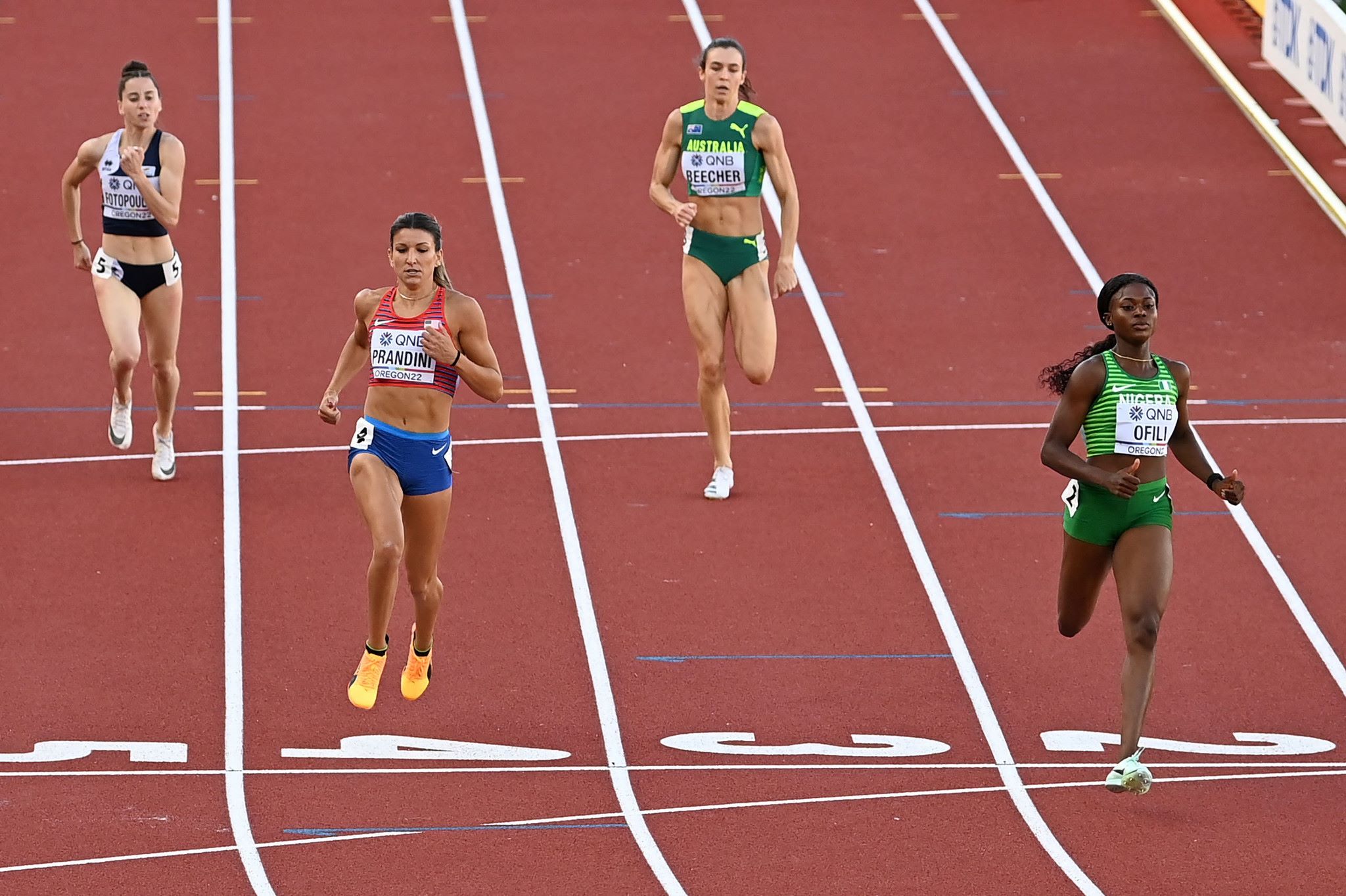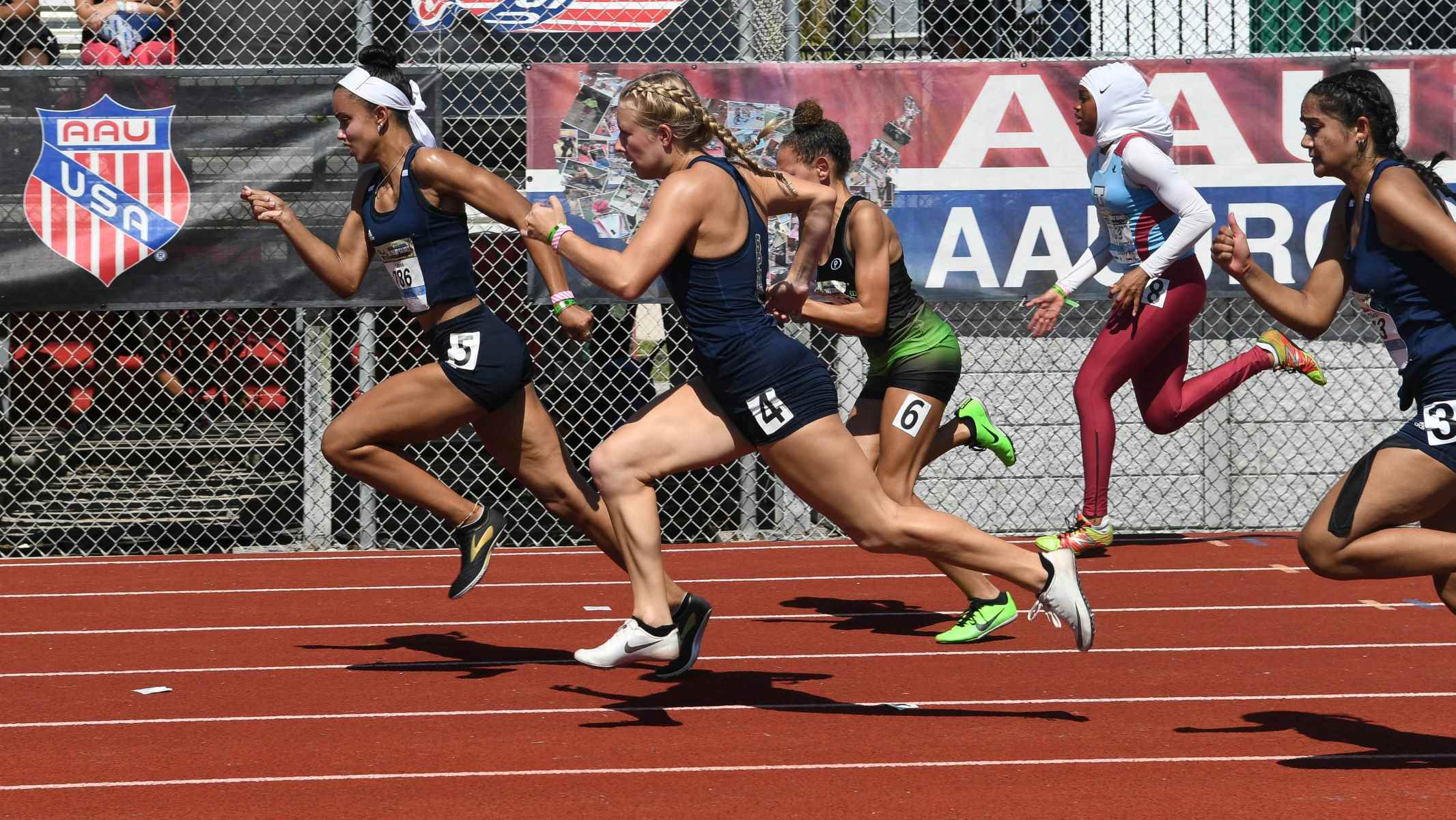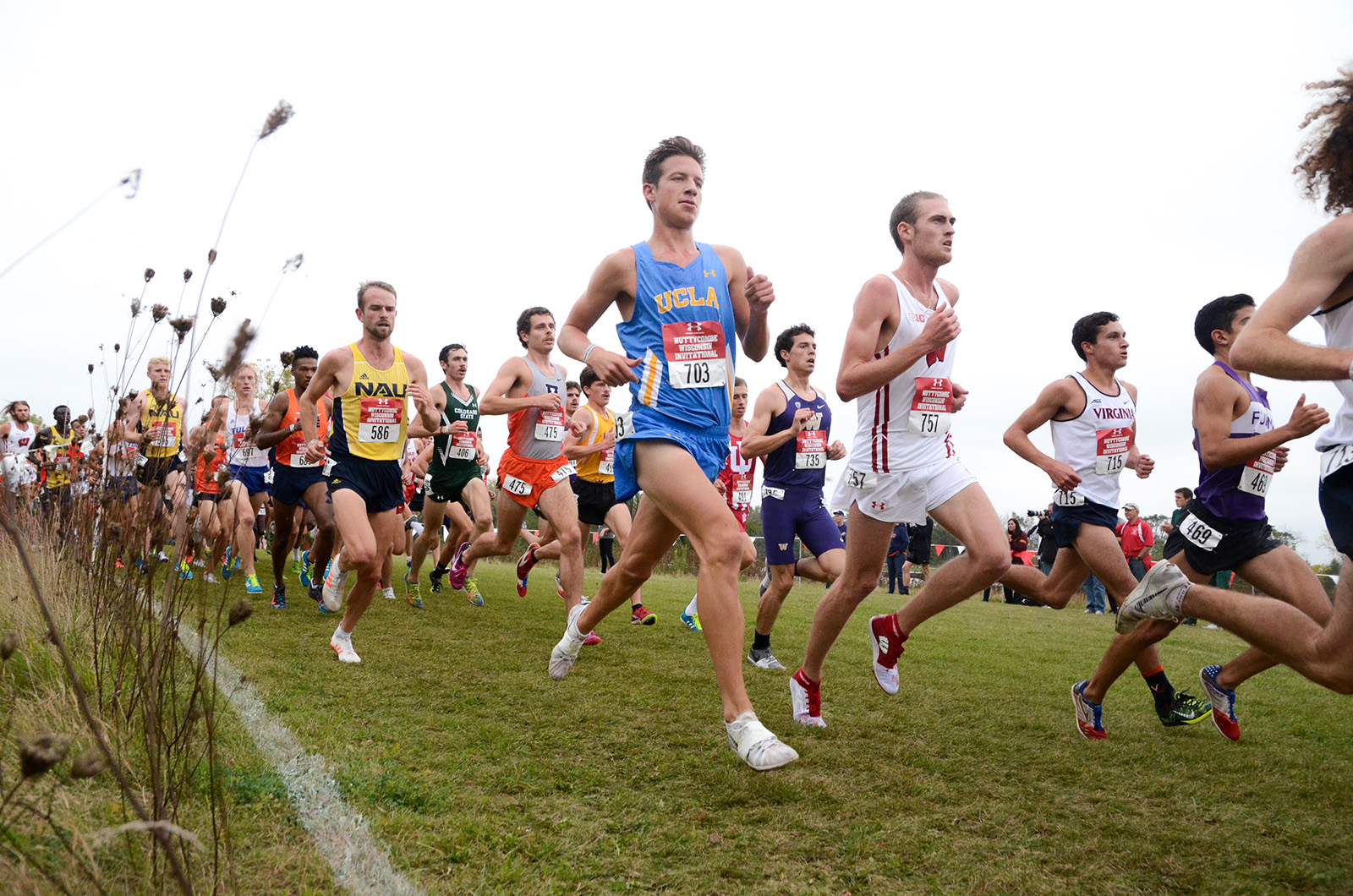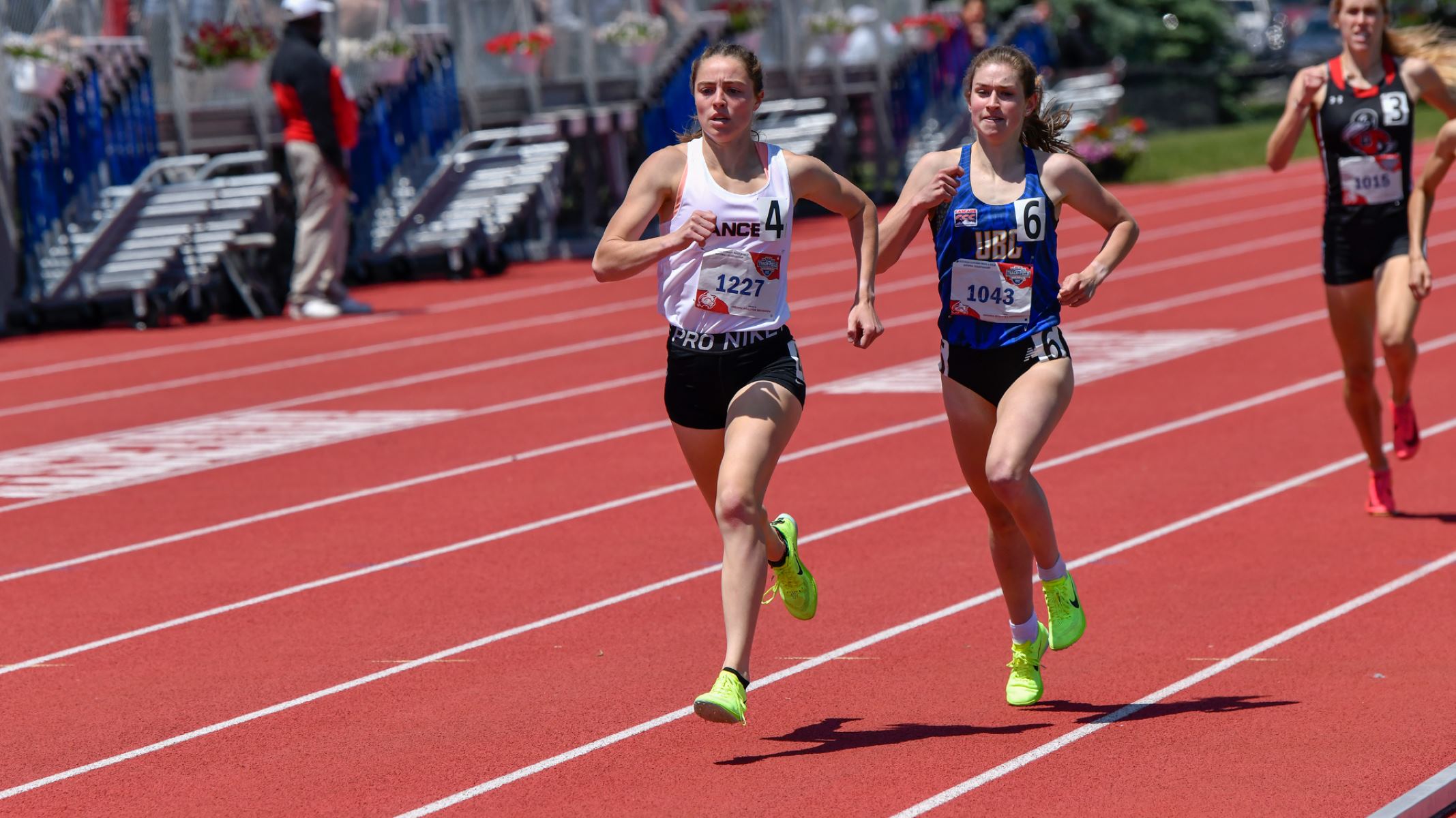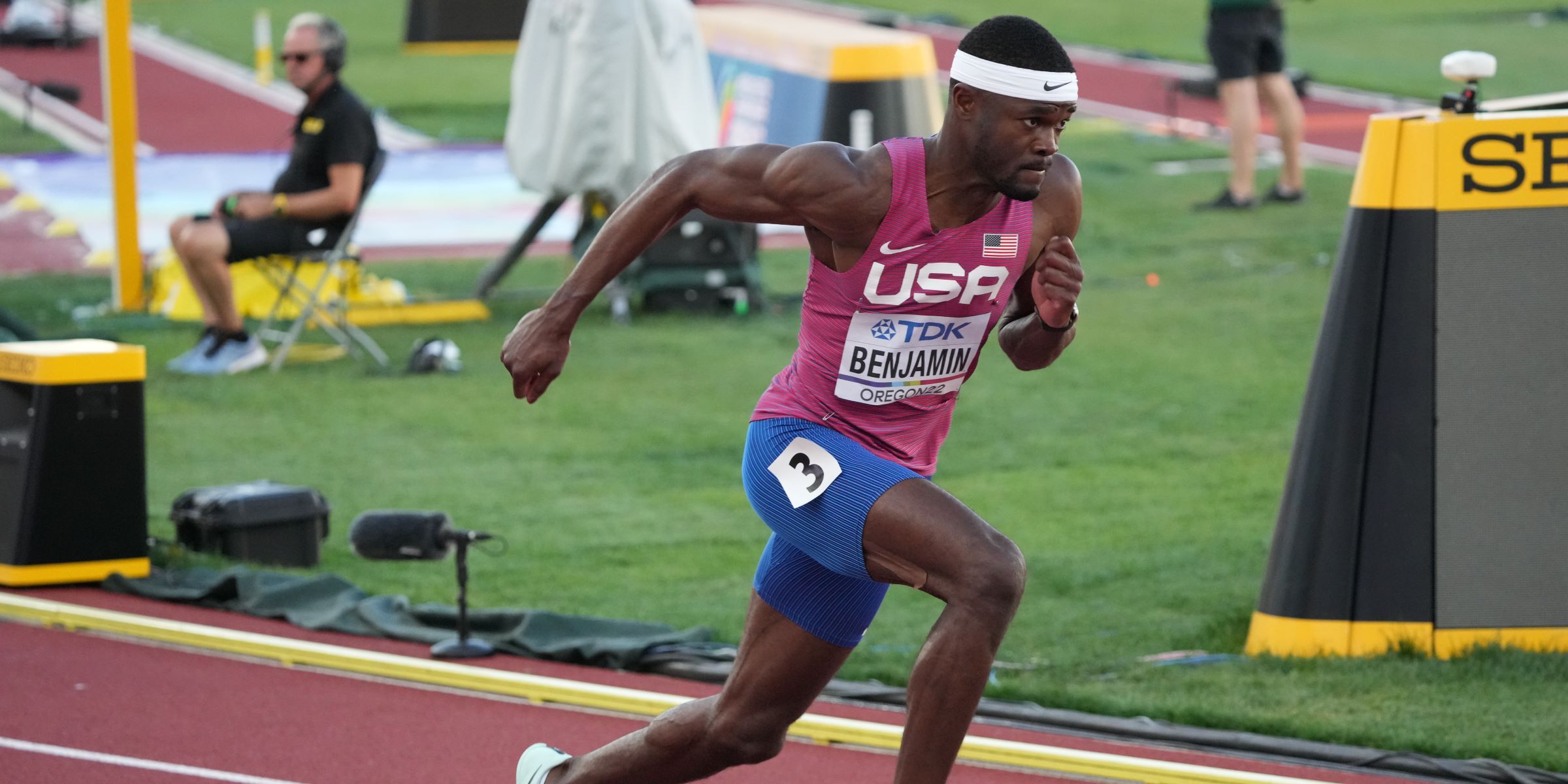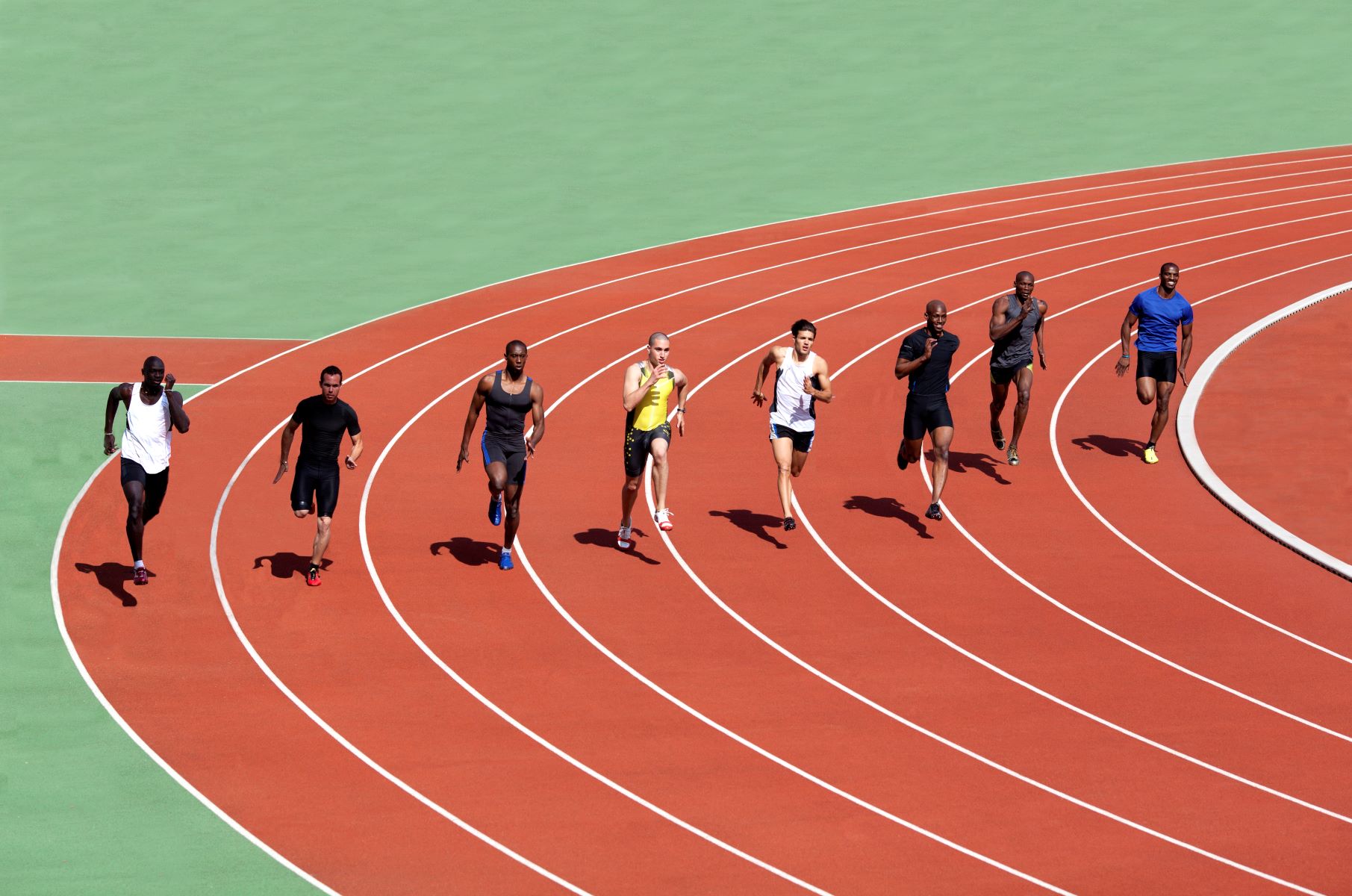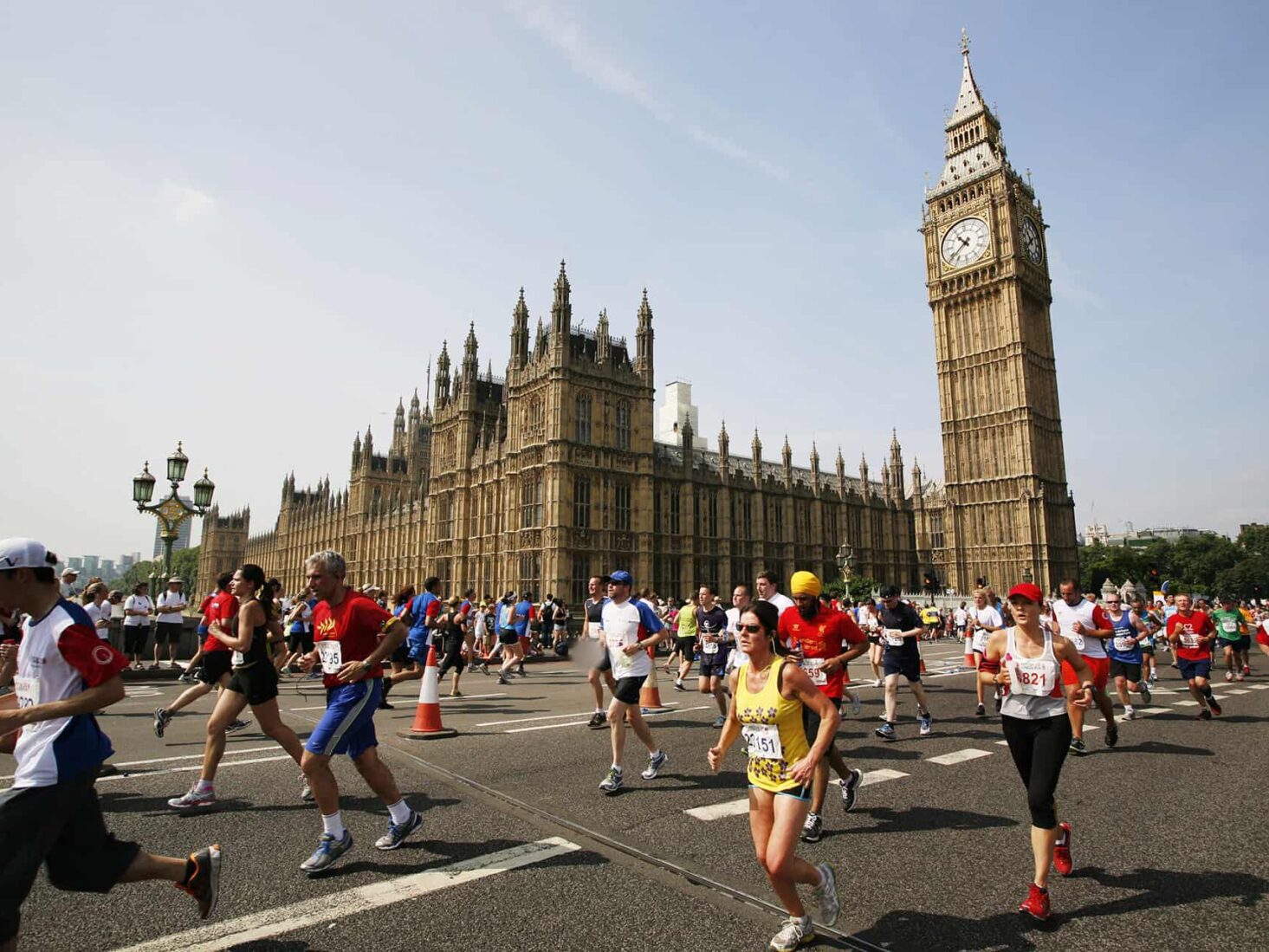Home>Misc>Featured>How Long Is A Qualifying Meet Track And Field
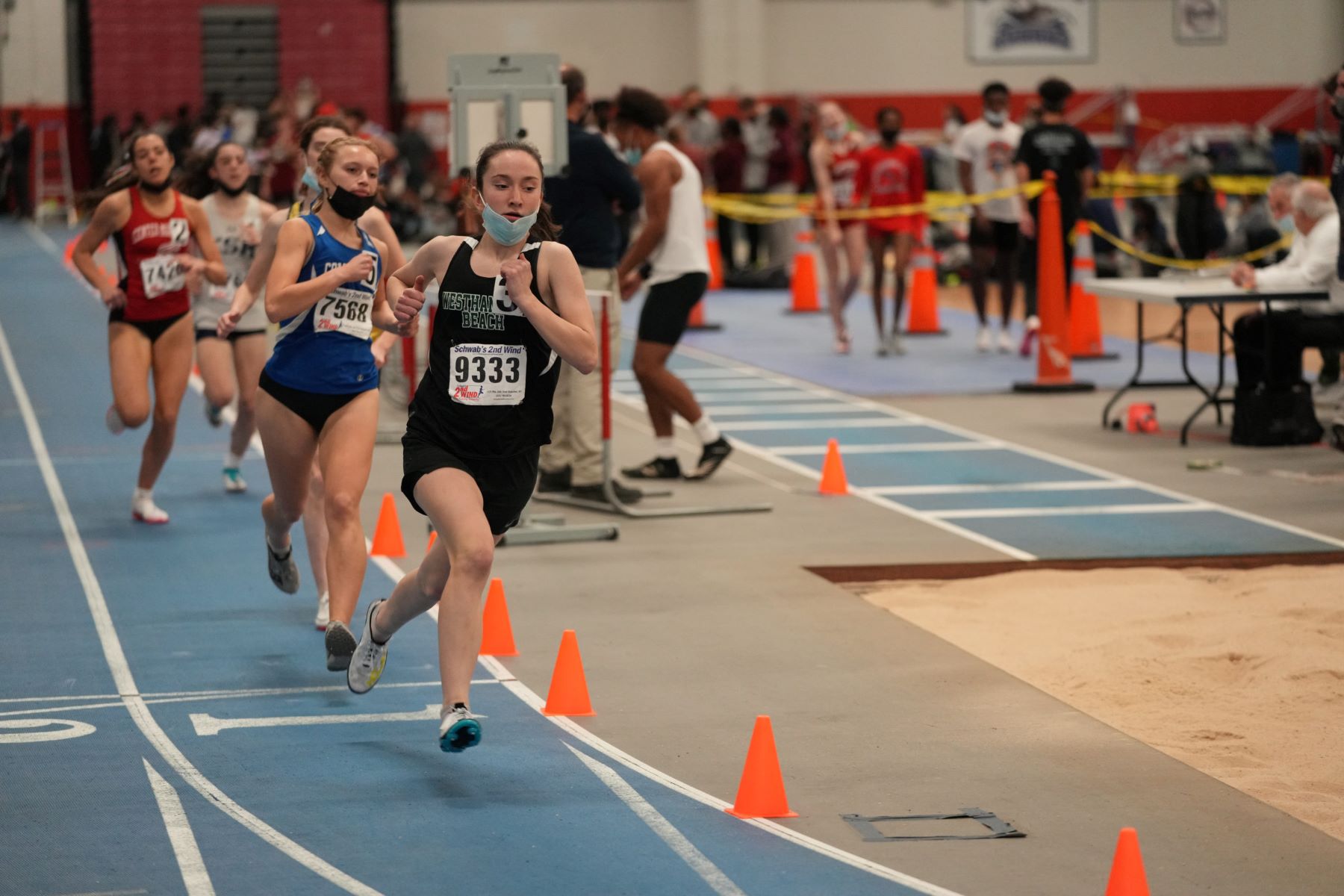

Featured
How Long Is A Qualifying Meet Track And Field
Modified: January 2, 2024
Find out the ideal track and field qualifying meet length for athletes. Discover how long it takes to earn a spot in this featured event.
Introduction
A qualifying track and field meet is an essential event that allows athletes to showcase their skills and compete for a spot in higher-level competitions. These meets serve as a crucial stepping stone for athletes aiming to qualify for regional, national, and international championships. However, the length of these qualifying meets can vary depending on a variety of factors.
Track and field events encompass a wide range of disciplines, including sprints, hurdles, jumps, throws, and distance runs. Each discipline requires a specific amount of time for athletes to complete their events. Consequently, the duration of a qualifying meet can be influenced by the number of events scheduled, the number of athletes participating, and the organization and logistics of the meet.
Understanding the length of qualifying meets is essential for athletes, coaches, and event organizers to effectively plan and manage the event. In this article, we will explore the factors that influence the duration of qualifying meets and the challenges faced in organizing and participating in these events. Additionally, we will discuss strategies to optimize the management of these meets to ensure a successful and efficient experience for all involved.
Understanding Qualifying Meets
A qualifying meet in track and field is a competitive event where athletes strive to meet specific performance standards or achieve a qualifying time to advance to higher-level competitions. These meets serve as the initial stage of the selection process, determining which athletes have the skills and abilities to compete at the next level.
Qualifying meets play a crucial role in ensuring fair competition and maintaining the integrity of the sport. They provide athletes with an opportunity to prove their abilities, demonstrate their commitment to training, and showcase their potential for success in higher-level competitions.
To participate in a qualifying meet, athletes typically need to meet certain eligibility criteria, which may include age restrictions, previous performance records, or membership in specific athletic organizations. These criteria ensure that athletes are competing against others of a similar skill level and actively working towards their athletic goals.
Qualifying meets are typically organized by governing bodies, such as national athletics associations or regional athletic federations. These organizations set the qualifying standards and establish the rules and regulations for the meet. They also oversee the registration process, event scheduling, and the overall management of the meet.
During a qualifying meet, athletes compete individually or as part of a team across various events, such as sprints, hurdles, jumps, throws, and distance runs. Each event has its own set of qualifying standards, which may vary depending on the level of competition. Athletes who meet or exceed these standards during the meet are considered eligible for the next stage of the selection process.
Qualifying meets are not only important for athletes aiming to progress in their athletic careers but also for coaches, scouts, and talent evaluators. These events serve as an opportunity for them to identify promising athletes, spot emerging talent, and potentially recruit new athletes into training programs or elite teams.
Overall, qualifying meets provide a platform for athletes to demonstrate their skills, set personal records, and pursue their athletic aspirations. They are an essential component of the track and field ecosystem, fostering competition and fostering the growth of the sport.
The Duration of Track and Field Qualifying Meets
The duration of track and field qualifying meets can vary significantly depending on several factors. While some meets may span just a few hours, others can stretch out over multiple days.
One of the primary factors that influence the duration of a qualifying meet is the number of events scheduled. Track and field encompasses a wide range of disciplines, each requiring a specific amount of time for athletes to complete their events. The more events included in the meet, the longer it will take to complete. For example, a meet that includes sprints, hurdles, jumps, throws, and distance runs will naturally take more time compared to a meet that focuses on just a few disciplines.
Another crucial factor is the number of athletes participating. The more athletes involved, the longer it will take to complete each event. A meet with a large number of participants may require multiple heats or rounds to accommodate everyone, thereby extending the overall duration of the meet.
The organization and logistics of the meet also play a key role in determining its duration. Efficient event management, including smooth transitions between events and minimal downtime, can help streamline the meet and reduce its overall duration. On the other hand, poor planning or technical issues can lead to delays and prolong the event.
The level of competition can also impact the duration of a track and field qualifying meet. Higher-level meets, such as regional or national championships, often feature more competitive events and stricter qualification standards. Consequently, these meets may span multiple days to accommodate the higher number of events and ensure fair competition.
Additionally, external factors like weather conditions can also influence the duration of a meet. Inclement weather, such as heavy rain or strong winds, may result in delays or rescheduling of events, further extending the overall duration.
It is important for athletes, coaches, and event organizers to consider these factors when planning and participating in qualifying meets. By understanding the potential duration of the meet, they can effectively manage their time, prepare for the event, and ensure a smooth and successful competition.
Factors That Influence the Length of Qualifying Meets
The duration of a track and field qualifying meet can be influenced by several factors. Understanding these factors is crucial for athletes, coaches, and event organizers to effectively plan and manage the event.
1. Number of Events: The number of events scheduled in a meet is one of the primary factors that determine its length. Track and field encompasses a wide range of disciplines, such as sprints, hurdles, jumps, throws, and distance runs. Including more events in the meet will naturally increase its duration.
2. Number of Participants: The number of athletes participating in the meet also impacts its length. A larger number of participants may require multiple heats or rounds to accommodate everyone, extending the overall duration of the meet.
3. Event Format: The format of the events can also influence the duration of the meet. Individual events, such as sprints or jumps, tend to be quicker compared to relay races or combined events, which involve multiple athletes or disciplines.
4. Level of Competition: The level of competition can also impact the duration of the meet. Higher-level meets, such as regional or national championships, often feature more competitive events and stricter qualification standards. As a result, these meets may span multiple days to accommodate the higher number of events and ensure fair competition.
5. Event Management: Efficient event management plays a crucial role in determining the length of the meet. Organizers need to ensure smooth transitions between events, minimal downtime, and effective use of resources. Poor planning or technical issues can lead to delays and prolong the event.
6. Weather Conditions: External factors like weather can significantly impact the duration of the meet. Inclement weather, such as heavy rain or strong winds, may result in delays or rescheduling of events, further extending the overall duration.
It’s important to recognize and consider these factors when organizing or participating in a track and field qualifying meet. By understanding the potential influences on the length of the meet, athletes and coaches can better manage their time, prepare for the event, and create an optimal experience for all involved.
Challenges Faced during Lengthy Qualifying Meets
While qualifying meets are essential for athletes to advance in their track and field careers, the lengthier duration of these events can present various challenges. Participants and event organizers need to be aware of these challenges and proactively address them to ensure a successful and enjoyable competition.
1. Fatigue and Physical Stamina: Lengthy qualifying meets can be physically demanding for athletes, requiring them to compete in multiple events over an extended period. Athletes need to manage their energy levels, avoid burnout, and strategically plan their performance throughout the meet.
2. Mental Focus: Maintaining mental focus and concentration for an extended duration can be challenging for athletes. With multiple events and potential waiting periods between events, athletes must stay mentally engaged and motivated to perform at their best.
3. Scheduling Conflicts: Lengthy meets can pose scheduling challenges, especially for athletes who need to compete in multiple events. Conflicts may arise when events overlap or when athletes have limited time for rest and recovery between events.
4. Organizational Logistics: Managing the logistics of a lengthy meet can be complex. Event organizers need to ensure smooth transitions between events, accurate timing and scoring, and proper allocation of resources, including officials, equipment, and facilities.
5. Spectator Fatigue: Lengthy meets can also impact spectators who attend to support the athletes. Continuous hours of watching events can result in spectator fatigue and reduced enthusiasm. Event organizers must consider strategies to keep spectators engaged and create an enjoyable atmosphere throughout the duration of the meet.
6. External Factors: External factors such as weather conditions can further compound the challenges during lengthy qualifying meets. Inclement weather may result in delays or rescheduling of events, disrupting the flow of the competition and adding additional stress for athletes and organizers.
To overcome these challenges, effective planning and management are crucial. Coaches and athletes should develop strategies to optimize their performance and recovery during lengthy meets. Event organizers should focus on creating a well-structured schedule with adequate breaks and consider implementing engaging activities for spectators.
Overall, acknowledging and proactively addressing the challenges associated with lengthy qualifying meets is essential for athletes, coaches, and event organizers. By doing so, they can maximize the potential of the competition and create an environment conducive to success and enjoyment for all involved.
Strategies to Manage and Optimize Qualifying Meets
Managing and optimizing qualifying meets is crucial to ensure a smooth and successful competition for athletes, coaches, and event organizers. By implementing effective strategies, the challenges associated with these meets can be minimized, and the overall experience can be improved.
1. Efficient Event Planning: Thorough planning is key to optimizing the duration and flow of the meet. Event organizers should carefully consider the number and order of events, taking into account the different disciplines and the number of athletes participating. This will help in creating a well-structured schedule with minimal downtime.
2. Realistic Timelines: Setting realistic timelines for each event is crucial to ensure that the meet stays on track. Event organizers should work closely with officials and athletes to determine appropriate timeframes for warm-ups, races, jumps, throws, and breaks. This will help maintain a consistent pace and prevent unnecessary delays.
3. Effective Communication: Clear and efficient communication with athletes, coaches, officials, and spectators is essential throughout the meet. Providing regular updates about the schedule, any changes, or possible delays will help manage expectations and keep everyone informed.
4. Adequate Resources: Ensuring that there are enough resources available, such as officials, equipment, and facilities, is essential for a well-managed meet. Having the necessary personnel and equipment in place will help minimize delays and ensure that events run smoothly.
5. Strategic Rest and Recovery: Athletes need to prioritize rest and recovery during lengthy meets to optimize their performance. Coaches should carefully plan the participation of their athletes in multiple events, allowing enough time for rest and proper warm-up before each competition.
6. Engage Spectators: To maintain the enthusiasm and interest of spectators throughout the meet, event organizers can organize entertainment activities, provide comfortable seating, and create a vibrant atmosphere. Engaging spectators through live updates, interviews, and interactive displays can enhance their experience and make the event more enjoyable.
7. Adaptability: Being prepared to adapt to unforeseen circumstances, such as weather changes or technical issues, is crucial during qualifying meets. Event organizers should have contingency plans in place and be proactive in resolving any challenges that may arise.
By implementing these strategies, athletes, coaches, and event organizers can effectively manage and optimize the duration of qualifying meets. This will not only provide a better experience for participants but also contribute to the overall growth and success of track and field competitions.
Conclusion
Qualifying meets in track and field serve as crucial events for athletes to showcase their skills, compete for higher-level opportunities, and progress in their athletic careers. Understanding the factors that influence the duration of these meets is essential for athletes, coaches, and event organizers to effectively plan, manage, and optimize the competition.
The duration of qualifying meets can vary depending on factors such as the number of events scheduled, the number of participants, the event format, the level of competition, and the organization and logistics of the meet. Additionally, external factors like weather conditions can further impact the duration of the event.
Challenges may arise during lengthy qualifying meets, including fatigue, scheduling conflicts, organizational logistics, mental focus, and spectator fatigue. By recognizing and proactively addressing these challenges, athletes, coaches, and event organizers can create a successful and enjoyable competition experience.
Strategies to manage and optimize qualifying meets include efficient event planning, realistic timelines, effective communication, adequate resources, strategic rest and recovery for athletes, engaging spectators, and adaptability to unforeseen circumstances. By implementing these strategies, the duration of the meet can be effectively managed, and the overall experience for all involved can be enhanced.
Qualifying meets play a crucial role in the track and field ecosystem, allowing athletes to compete, set records, and progress towards their athletic goals. By understanding the complexities of these events and implementing effective strategies, athletes can maximize their performance, coaches can identify talent, and event organizers can create a seamless and enjoyable competition environment.
Ultimately, recognizing the significance of qualifying meets and taking the necessary steps to optimize their duration will contribute to the growth and success of track and field as a sport, and provide a platform for athletes to achieve their dreams and aspirations.
